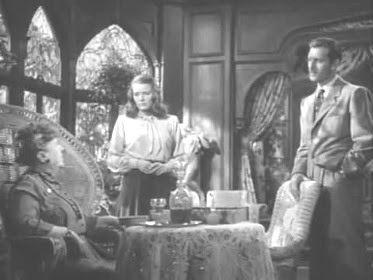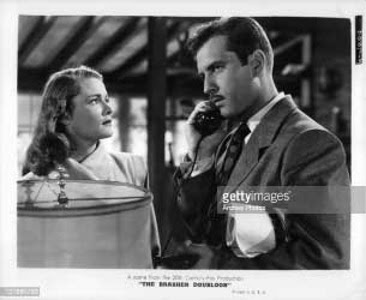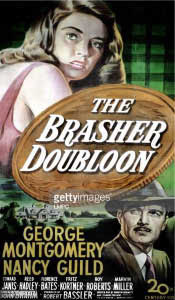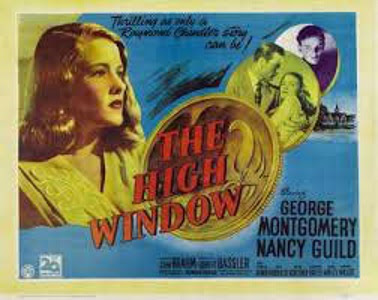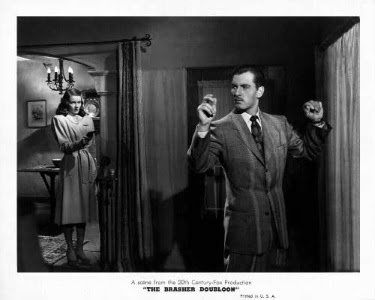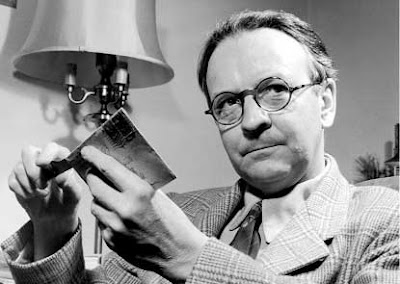The Brasher Doubloon
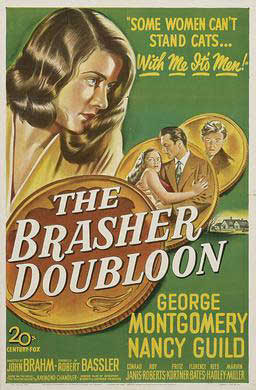
Director: John Brahm
Year: 1947
Rating:
5.5
If it had
been Bogart or Powell, this might have a better reputation. They were the
Marlowe's that we remember. Mitchum was ok as well - too old for the character
but it's still Mitchum - one of his two Marlowe films is pretty good, the
other feels like road kill. Robert Montgomery in Lady in the Lake smirked
too much - at least his voice does - we never see him other than his reflection
- taking POV too far. Gould as Marlowe in The Long Goodbye is a bit of a
farce - I like the film but Marlowe he is not. Marlowe saw himself as a knight
errant, pulling out corruption by the roots when needed, leaving it to fester
when he saw fit. He could not be bought. Not even by a pretty face. Marlowe
is played by George Montgomery in this one. He conveys noir as well as a
day at the beach house does. Bogart and Powell understood noir. It seeped
out of their bones. The clipped manner of speech, the dog weary eyes, the
two-day growth, the sarcastic wit, the sex appeal. Montgomery has none of
that. He feels like a door-to-door salesman of lingerie trying to flirt with
the lady of the house.
